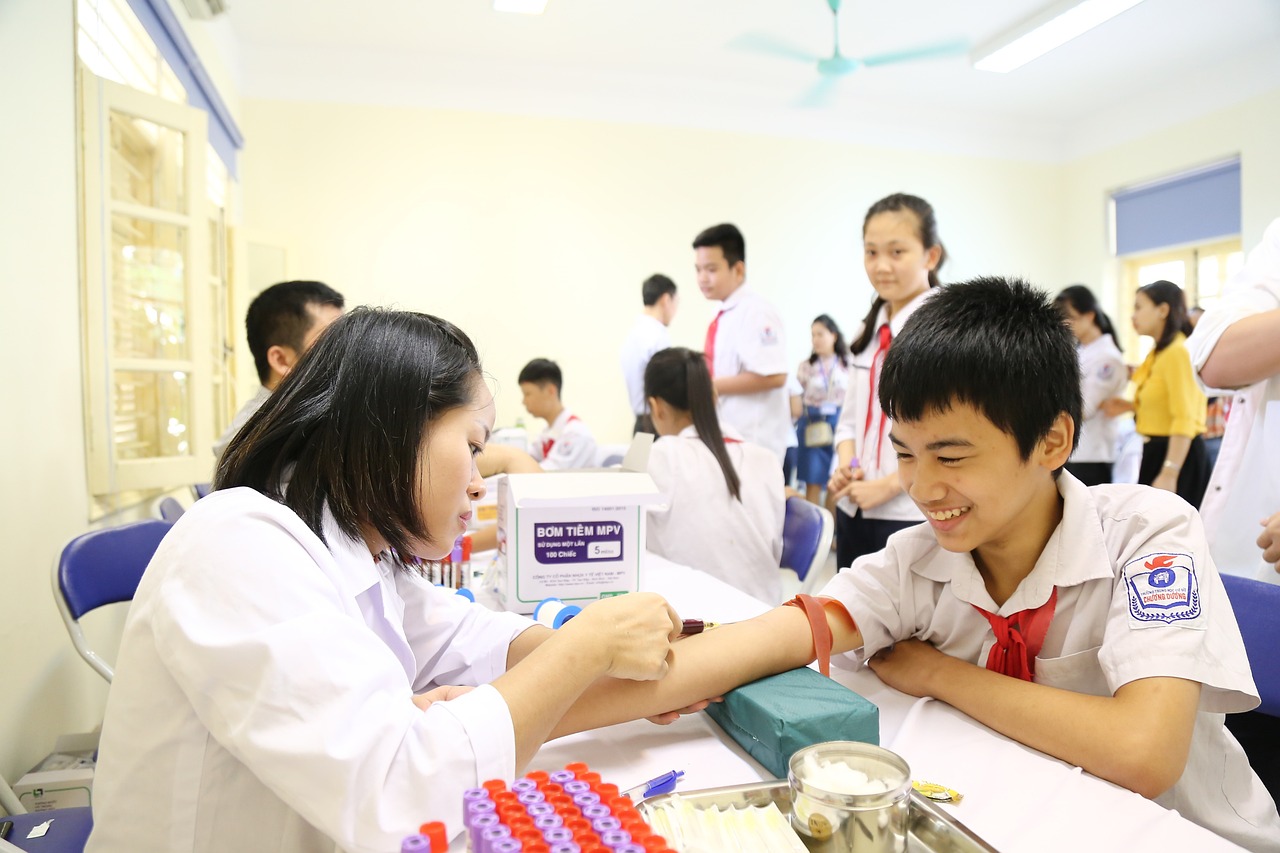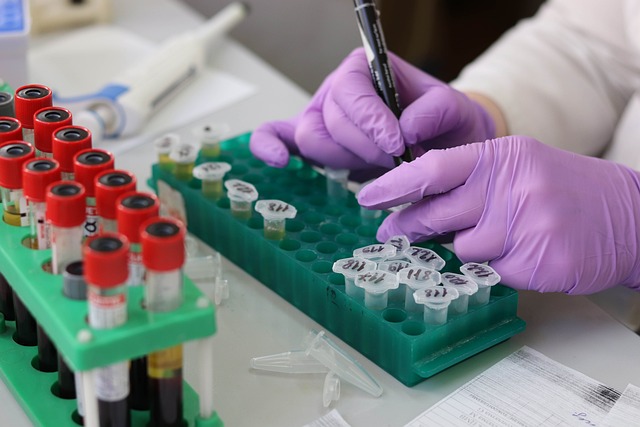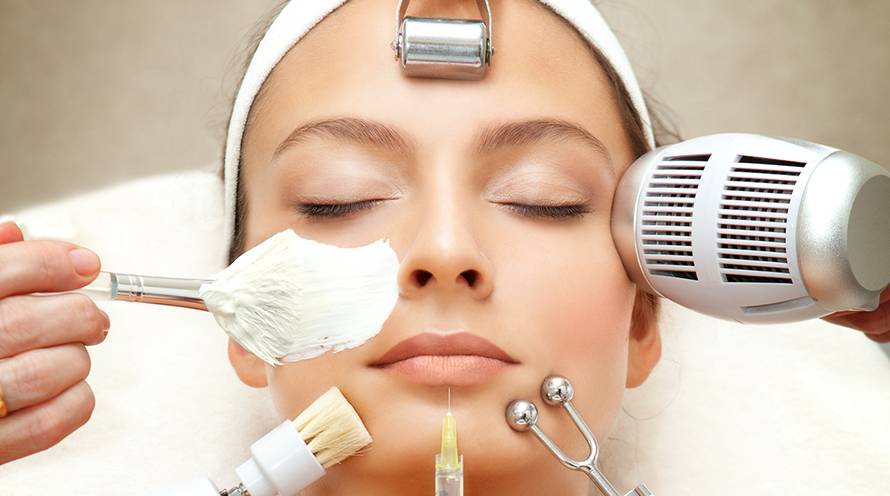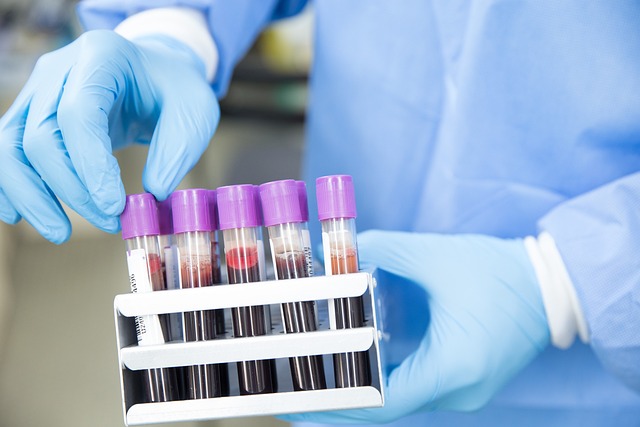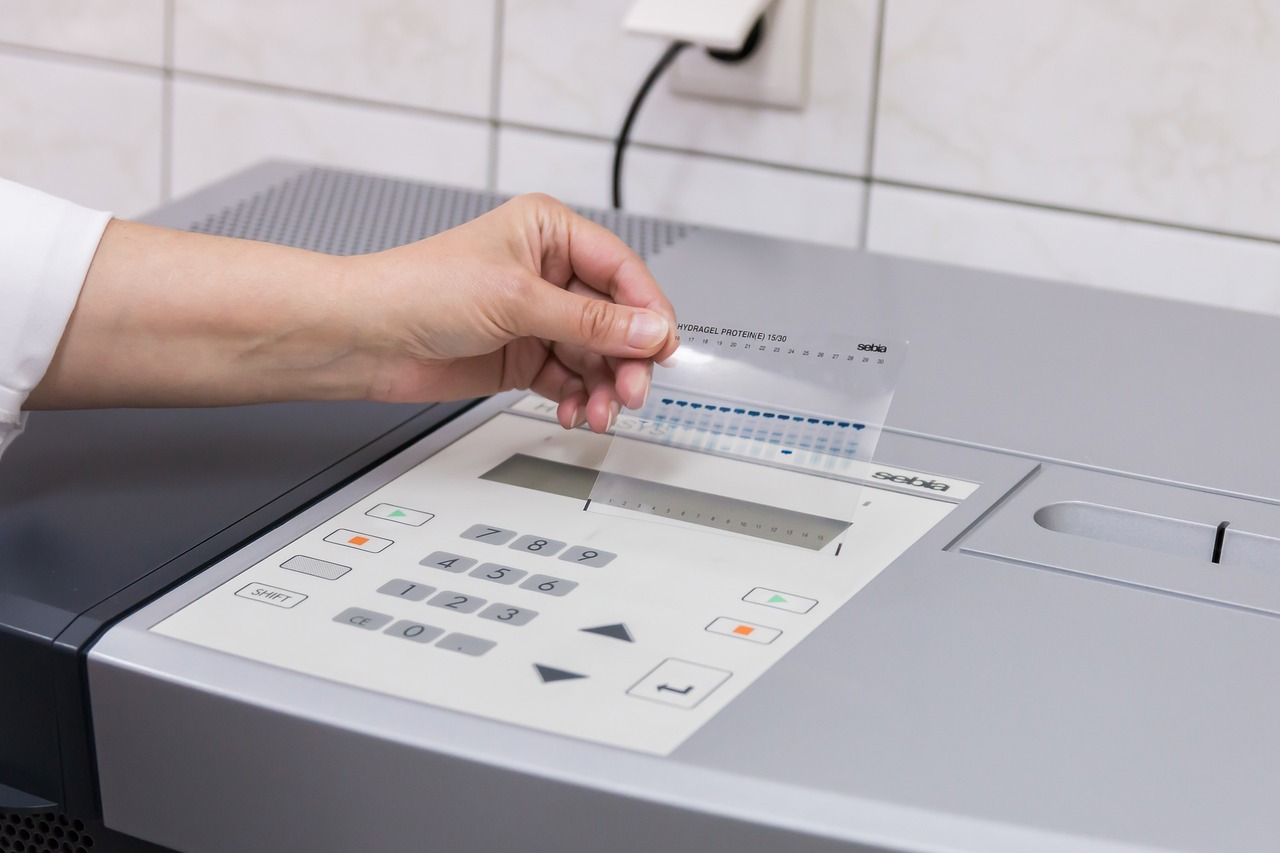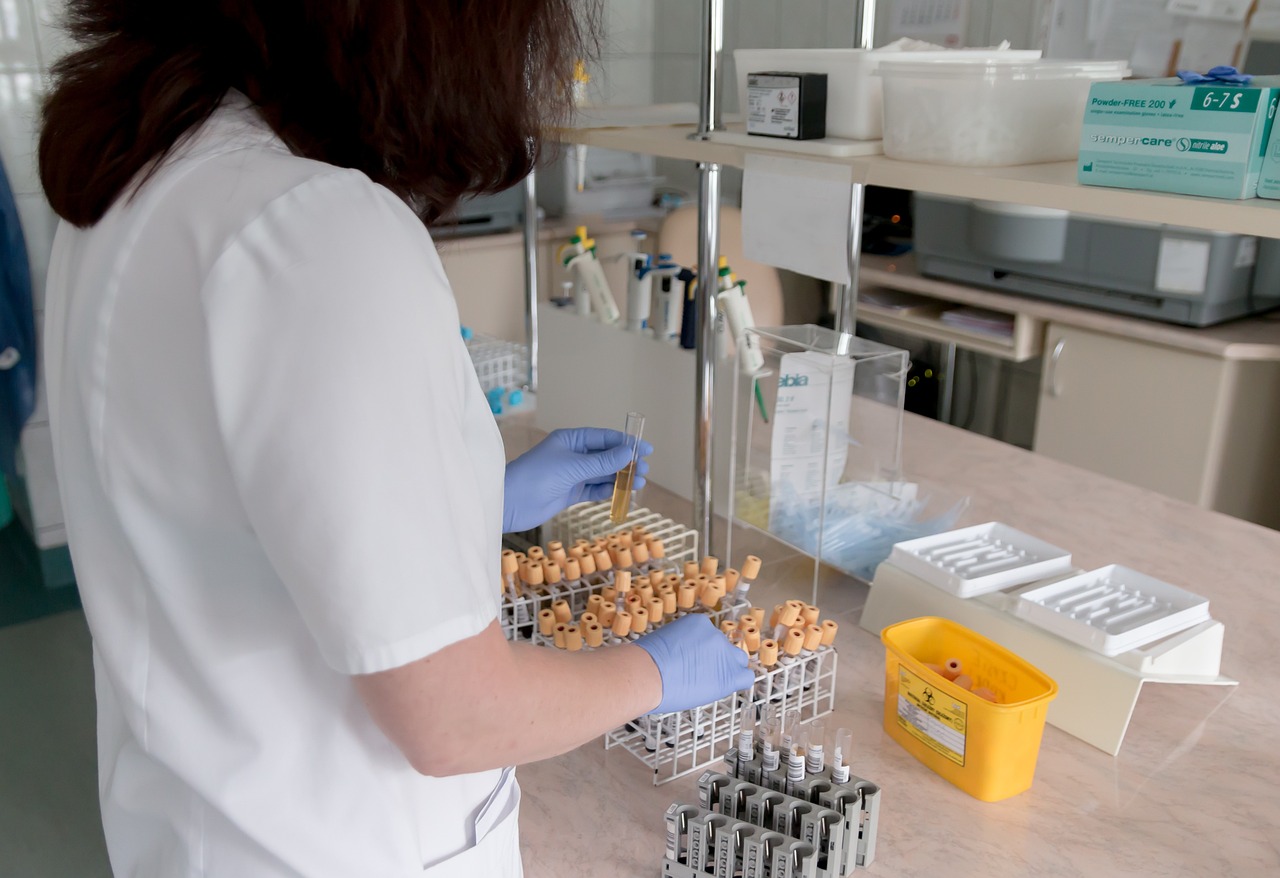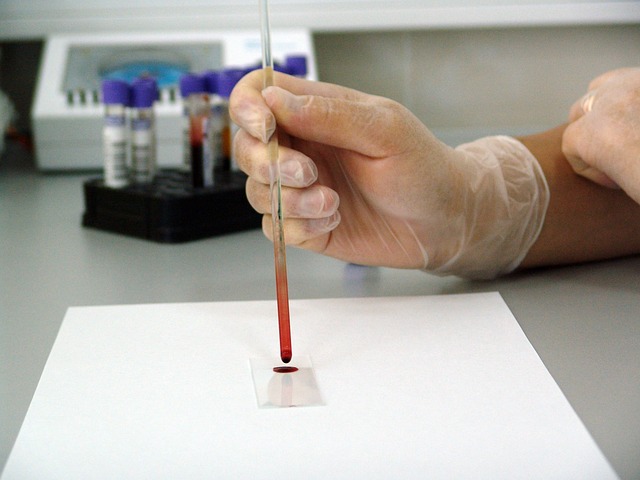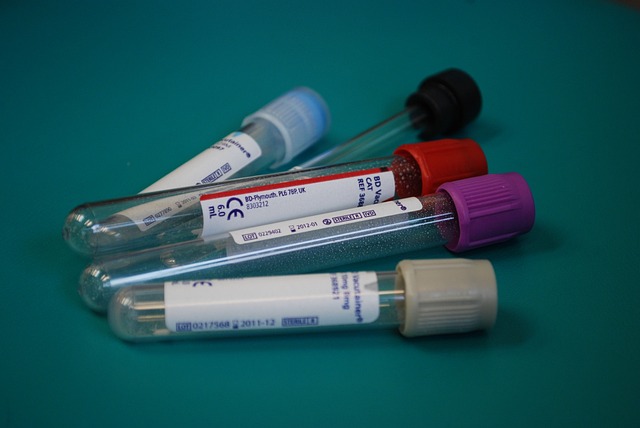Introduction
In this comprehensive article, we delve into the intricate world of C Reactive Protein (CRP) and its pivotal role in the context of arthritis. Join us as we explore the significance of CRP, its association with arthritis, and the potential impact it can have on diagnosis and treatment.
Understanding CRP (C Reactive Protein)
CRP, short for C Reactive Protein, is a crucial biomarker that plays a significant role in our body’s immune response. It is produced by the liver in response to inflammation within the body.
The Science Behind CRP
Before we delve deeper, let’s understand the science behind CRP. What triggers its production, and how does it contribute to our understanding of arthritis?
The Link Between CRP and Arthritis
Let’s explore how CRP is linked to various forms of arthritis and how monitoring CRP levels can aid in diagnosis.
CRP in Rheumatoid Arthritis
Rheumatoid arthritis is an autoimmune disorder. Discover how CRP levels can provide valuable insights into the disease progression and activity.
CRP in Osteoarthritis
Osteoarthritis, the most common form of arthritis, has its own connection with CRP. Learn how CRP might indicate the severity of osteoarthritis and its role in managing the condition.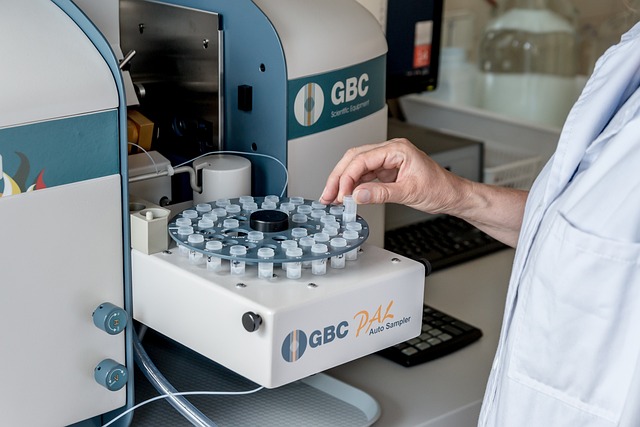
Diagnosis and Monitoring
Understanding CRP levels is not only crucial for diagnosis but also for monitoring the progression of arthritis. Explore the various diagnostic tests and methods used by healthcare professionals.
Treatment Options
Managing arthritis often involves a multifaceted approach. Find out how CRP can influence the choice of treatment and the potential therapies available.
The Future of CRP Research
Stay updated on the latest developments in CRP research and how they might revolutionize our understanding of arthritis.
Conclusion
In conclusion, C Reactive Protein (CRP) serves as a vital indicator in the realm of arthritis. Its role in diagnosis, monitoring, and treatment cannot be overstated. By comprehending the connection between CRP and arthritis, we empower ourselves to make informed decisions regarding our health.
Frequently Asked Questions (FAQs)
1. What is C Reactive Protein (CRP)?
CRP is a protein produced by the liver in response to inflammation in the body. It is often used as a biomarker for various health conditions, including arthritis.
2. How can CRP levels help in diagnosing arthritis?
Elevated CRP levels can indicate the presence of inflammation, which is a common feature of many types of arthritis. Doctors use CRP tests to aid in diagnosis.
3. Are there any natural ways to reduce CRP levels in the body?
Yes, certain lifestyle changes like regular exercise, a healthy diet, and stress management can help reduce CRP levels and lower the risk of arthritis.
4. Can CRP levels fluctuate over time?
Yes, CRP levels can vary based on the presence and severity of inflammation in the body. Monitoring CRP trends can provide valuable insights into disease activity.



